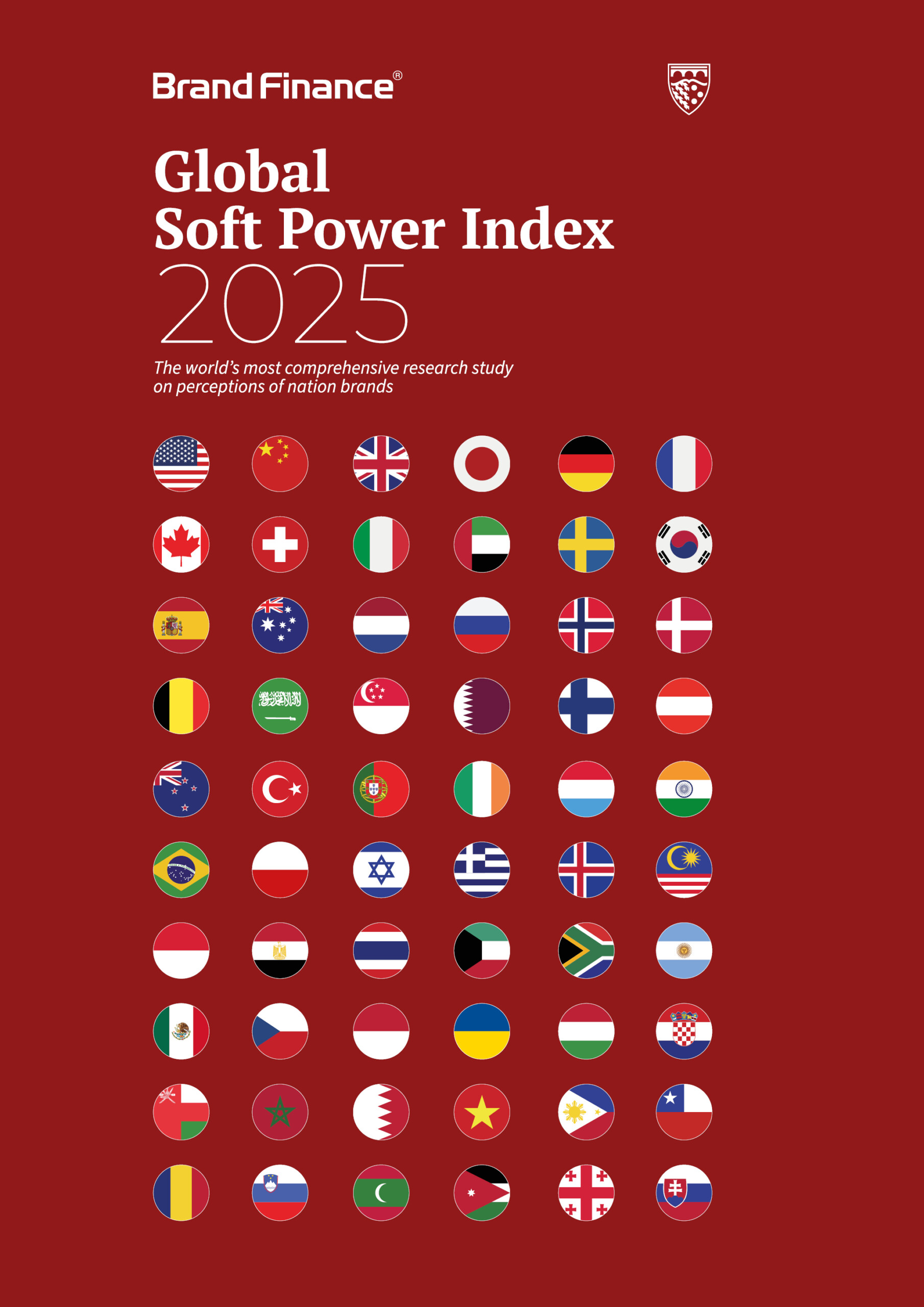This article was originally published in the Brand Finance Global Soft Power Index 2025

Minister of Culture,
Sports, Tourism
and Youth of Mongolia
The ‘Go MonGOlia’ campaign is a bold step in strengthening the nation’s global image. Why is nation brand management a priority for Mongolia, and what impact do you hope this initiative will have on Mongolia’s perceptions internationally?
Our recent national branding exercise is a relatively new phenomenon in Mongolia, but a crucial one.
For many years, international stakeholders, investors and tourists either had a predetermined idea of the country or were not aware of the amazing opportunities to be found here.
Mongolia is witnessing tremendous change both economically and in terms of how we orient ourselves to the rest of the world. The country exudes a youthful dynamism and aspiration that is truly alive and kicking.
Accordingly, a national brand was required that would draw people to us, inspire our citizens, and ultimately unlock both foreign direct investment and our burgeoning tourism sector.
Mongolia is a unique blend of rich heritage, nomadic traditions, and a vibrant youthful population. Our hope is that our national brand will foster deeper cultural relations abroad and inspire others to travel, trade with us, and ultimately fall in love with our beautiful landscape.
Lonely Planet named Mongolia the top country to visit in 2024 - one of a growing number of international recognitions for the nation’s tourism potential. What is the importance of tourism for other sectors of Mongolia’s economy?
For many years Mongolia has been reliant on the proceeds of mining. Yet a landscape three times the size of France has much to offer both investors and those seeking new adventures.
Tourism is and will play an increasingly pivotal role in our economic diversification. The more tourists we attract, the greater chance of other sectors of the economy finding new pathways to prosperity.
While tourism accounts for just over 7% of the country’s total exports, the number of visitors increased last year by 160,000 to a new high of 810,000 - contributing $1.6 billion USD to the economy.
Our aim is to welcome 2 million visitors by 2030 ($8 billion USD). As more people travel to Mongolia, additional infrastructure will be required which in itself promotes further inbound investment and economic development. In a global marketplace it is important to stand out. This is why we are so proud of our national branding campaign and awards such as that bestowed by Lonely Planet highlighting our unique potential.
According to the results of the Global Soft Power Index 2025, Mongolia’s strongest nation brand attribute is ‘rich heritage’. What role does culture play in shaping the nation’s international appeal?
Many associate Mongolia with our rich cultural heritage and the Chinggis Khaan empire. Our ancestral links serve as a cornerstone of our ‘soft power’ as enshrined in our ‘Vision 2050’ strategy.
While we are a nation of the move, around half of the country outside the capital maintain a nomadic lifestyle. Nomadic heritage is woven into our daily lives even today - this is what makes us unique from the rest of the world.
We Mongolians take pride in the fact that our rich cultural heritage is passed down from parents to children, evolving and coexisting with modern day life.
Our unique traditions shape how global audiences see us allowing us to maintain a distinct national identity that resonates worldwide and is utilised as a powerful foreign policy tool. By using culture and national branding to engage with the rest of world we are showcasing that we are ‘open for business.’
As the Prime Minister has often said publicly, ‘we are landlocked, but not mindlocked’.

